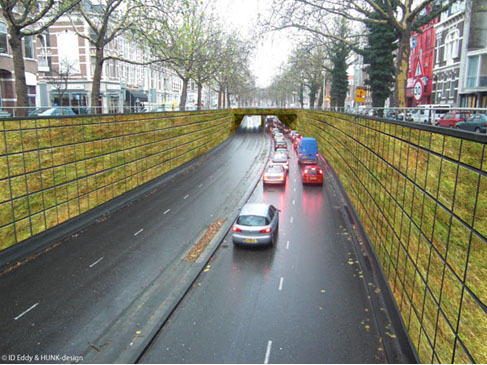Apart from the aesthetic impact, Green Façade Design is the answer for the growing problem of air pollution, especially in places with little vegetation, such as cities. The decorations are made of moss, which is very good at filtering particulate matter, CO2, NO2, en SO2 from the air. Moss cleans the air and can be applied to façades.
Sulphur dioxide is formed by burning hydrocarbons and coals. It’s one of the main components of air pollution and smog. It can form connections with other particles in the air and be transformed into sulphur trioxide (SO3).
The biological contribution of moss will be a solution for many environmental problems.
Moss is responsible for buffering of rain water increasing of humidity production of oxygen absorption of CO2 absorption of polluted rain water by means of sulphur connection reduction and absorption of particulate matter creating an ideal environment for bacteria that can breakdown organic particlesabsorption of air pollution like NOx
There are even more possibilities for Green Façade Design. It can be used in other places where a lot of particulate matter, CO2, NO2, en SO2 is released into the air, such as on sound barriers next to highways, open tunnels, busy roads in cities and in industrial parks.
Here it can also help to reduce sound pollution of the traffic. |
A calculation of the absorption of particulate matter by the moss in relation to the exhaustion of particulate matter:
A= Busy road = 14 gr/m2 exhaustion of particulate matter per year
B= Moss = 20 gr/m2 absorption of particulate matter per year
A/B = 0.7 m2 of moss is needed to neutralise the emissions of 1 m2 of a busy road.
This calculation is based on ideal conditions for the moss.
(The data used in this calculation are based on a research project from the University of Bonn, led by Biology professor Jan-Peter Frahm, with moss mats on the side of the road. Possible deviations from this data are not excluded.) |

|

